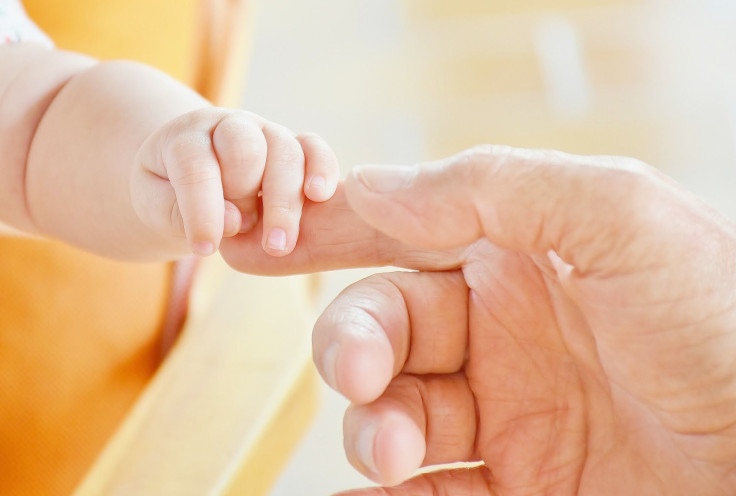You’re More Likely To Get COVID From A Baby Or Toddler Than Other Children In Your Home
Younger children may be more likely to spread the coronavirus over older kids, according to findings from a new pediatrics study.
The study, which was published in the JAMA Pediatrics journal on Monday, as reported by the Miami Herald, suggested that children three and under may be more likely to spread the virus to their siblings or caregivers than older children in their home.
The study looked at 6,280 Canadian households, which had a COVID case appear in someone younger than 18. Here, researchers measured how many members within the household contracted the virus from a child from June to December 2020.
The findings showed that babies and toddlers were most likely to spread the virus to others in the household, even though they only accounted for 12% of those first cases or what the researchers called “index cases” during the study.
Children aged 4 to 8 were considered the next most contagious group, followed by children aged 9 to 13
However, the study did not indicate that children are more contagious than adults.
Researchers of the study said in their conclusion, “As the number of pediatric cases increases worldwide, the role of children in household transmission will continue to grow. We found that younger children may be more likely to transmit SARS-CoV-2 infection compared with older children, and the highest odds of transmission were observed for children aged 0 to 3 years.
They continued: “Although children do not appear to transmit infection as frequently as adults, caregivers should be aware of the risk of transmission while caring for sick children in the household setting. As it is challenging and often impossible to socially isolate from sick children, caregivers should apply other infection control measures where feasible, such as the use of masks, increased handwashing, and separation from siblings.”
The news that children can spread the virus more easily comes with a spike in COVID-19 cases in kids across the U.S., along with a rash of school closings as the classes start for the fall semester with thousands of students already in quarantine.
According to the Miami Herald, one reason for the increase in transmissibility may be the higher viral load – the amount of virus in the upper airway of a person – found in children than in an adult, some studies have suggested.
One June 2020 study said that children under the age of five can hold up to 100 times more virus in their noses than older children and adults, indicating that they may fuel the spread of the virus, as reported by the news outlet.
Other signs that can push the contagion of children are they are less likely to show symptoms of the virus, so their caregivers may not know when they have COVID. Additionally, young children require close contact for care, which can spread the virus easier among others.
“In some ways, this is the opposite of what we had been told in the past,” Dr. Edith Bracho Sanchez, a primary care pediatrician and assistant professor of pediatrics at Columbia University Irving Medical Center in New York, told ABC News.
“It just shows how humble we have to be when it comes to children and this virus. We always knew children could get it, could transmit it, and could get sick with COVID. I think we’re learning more and more just how much,” she added.

© Copyright IBTimes 2025. All rights reserved.





















